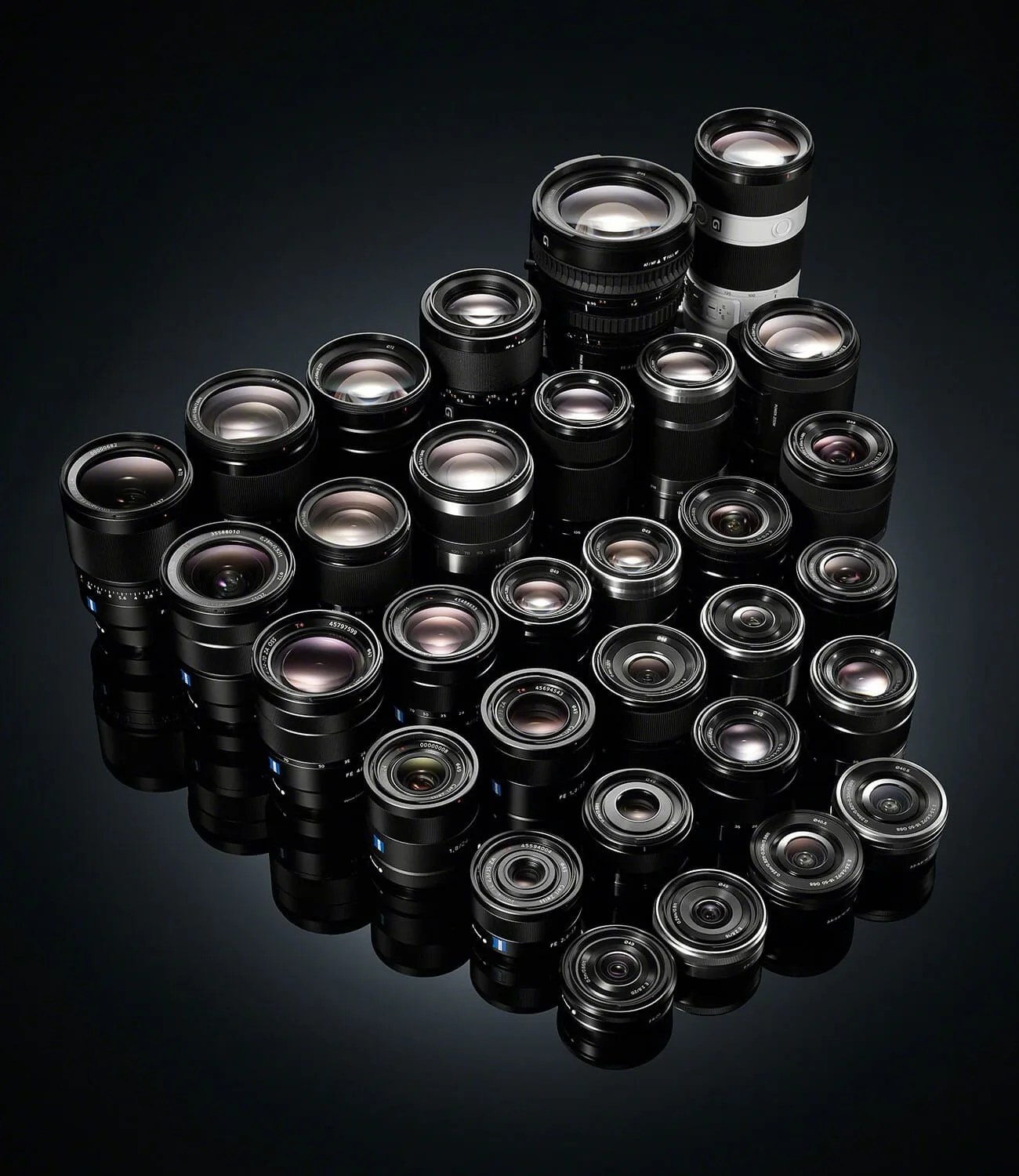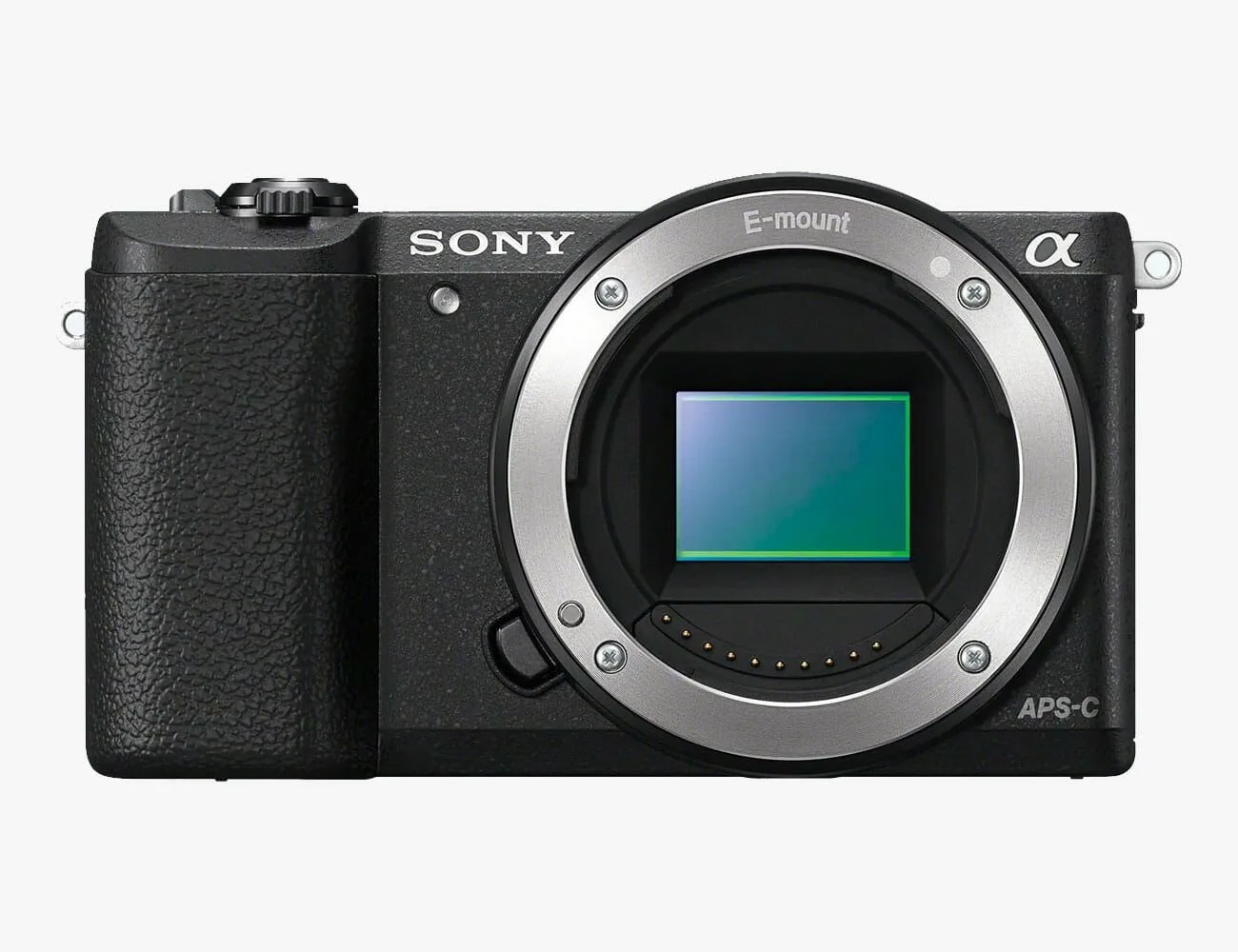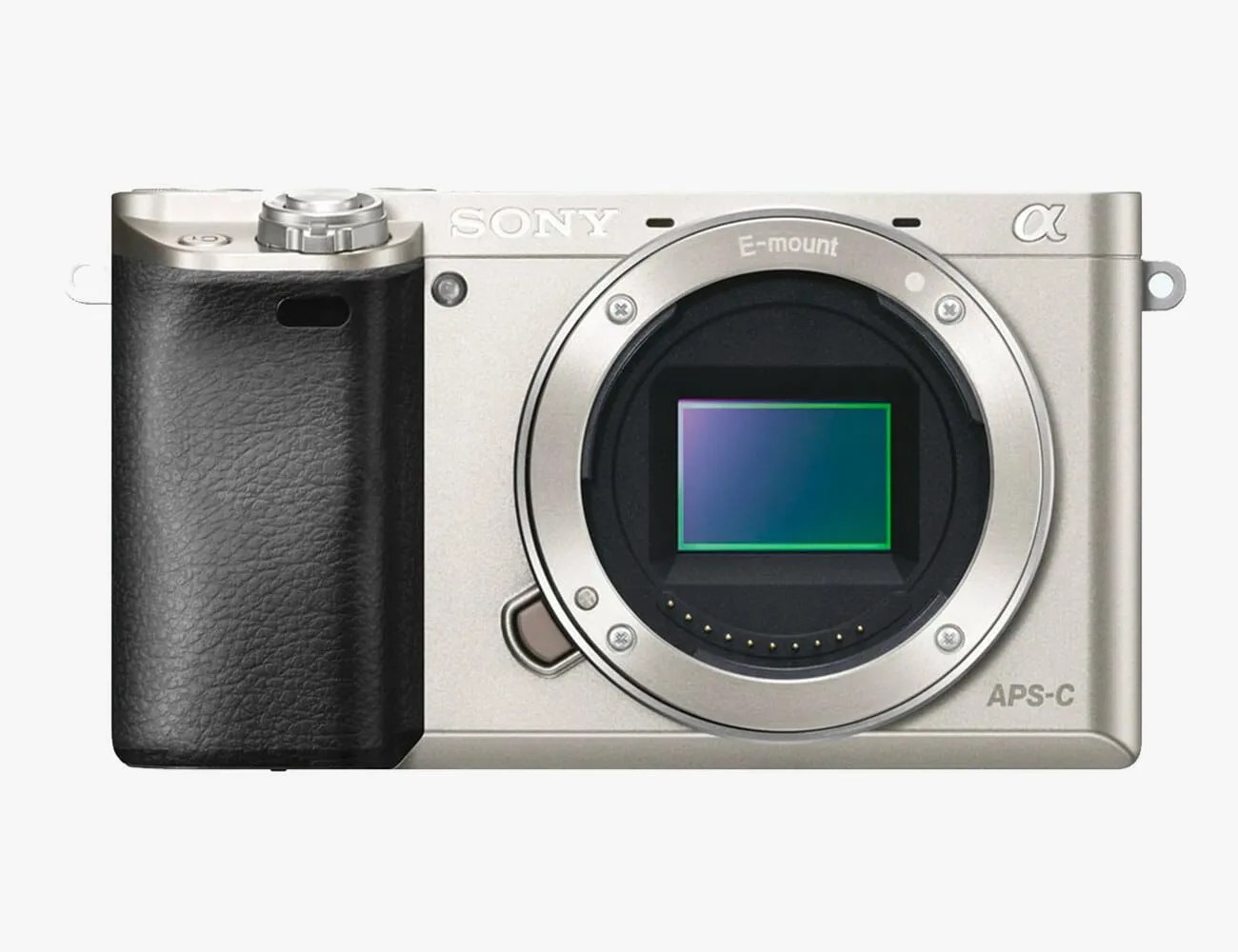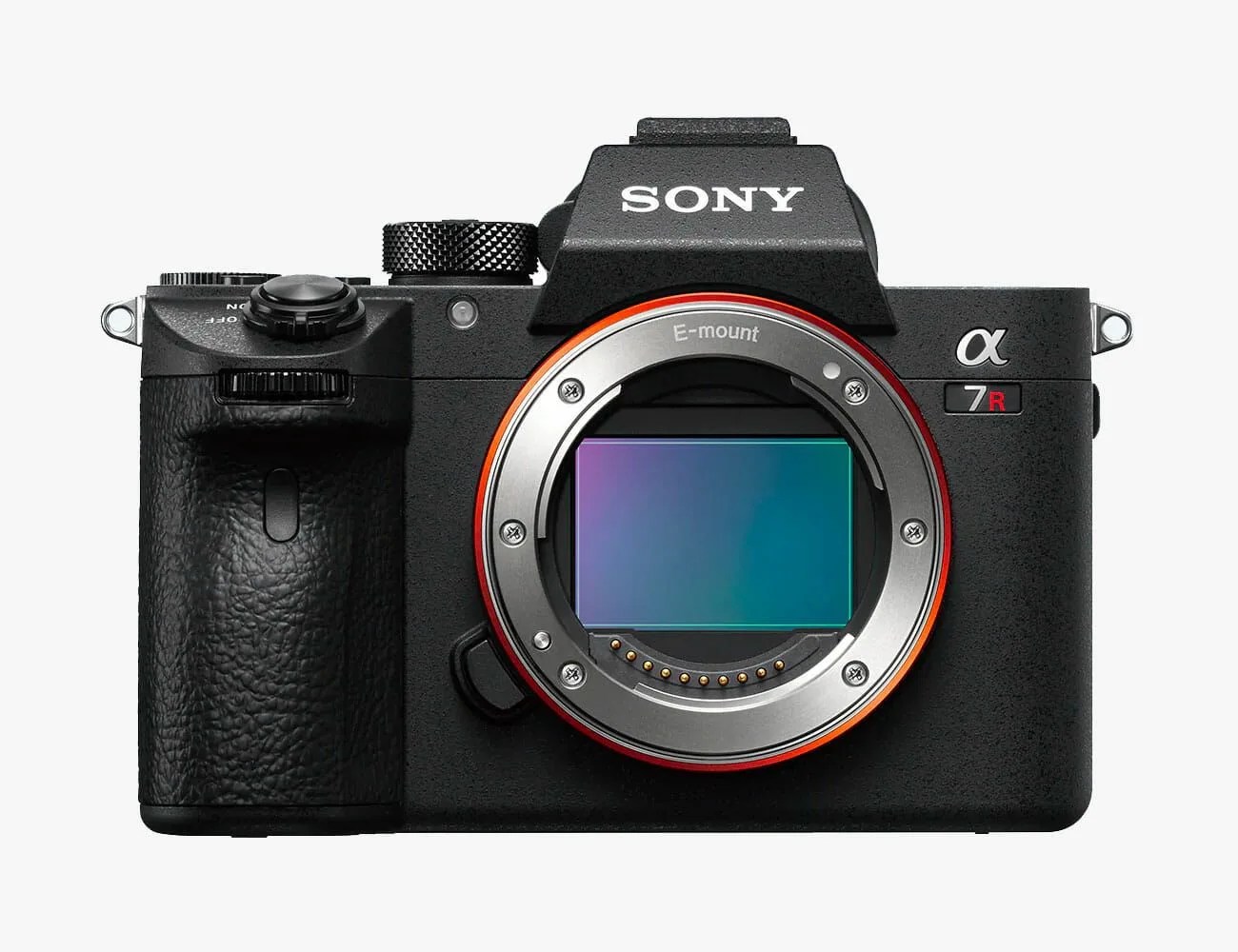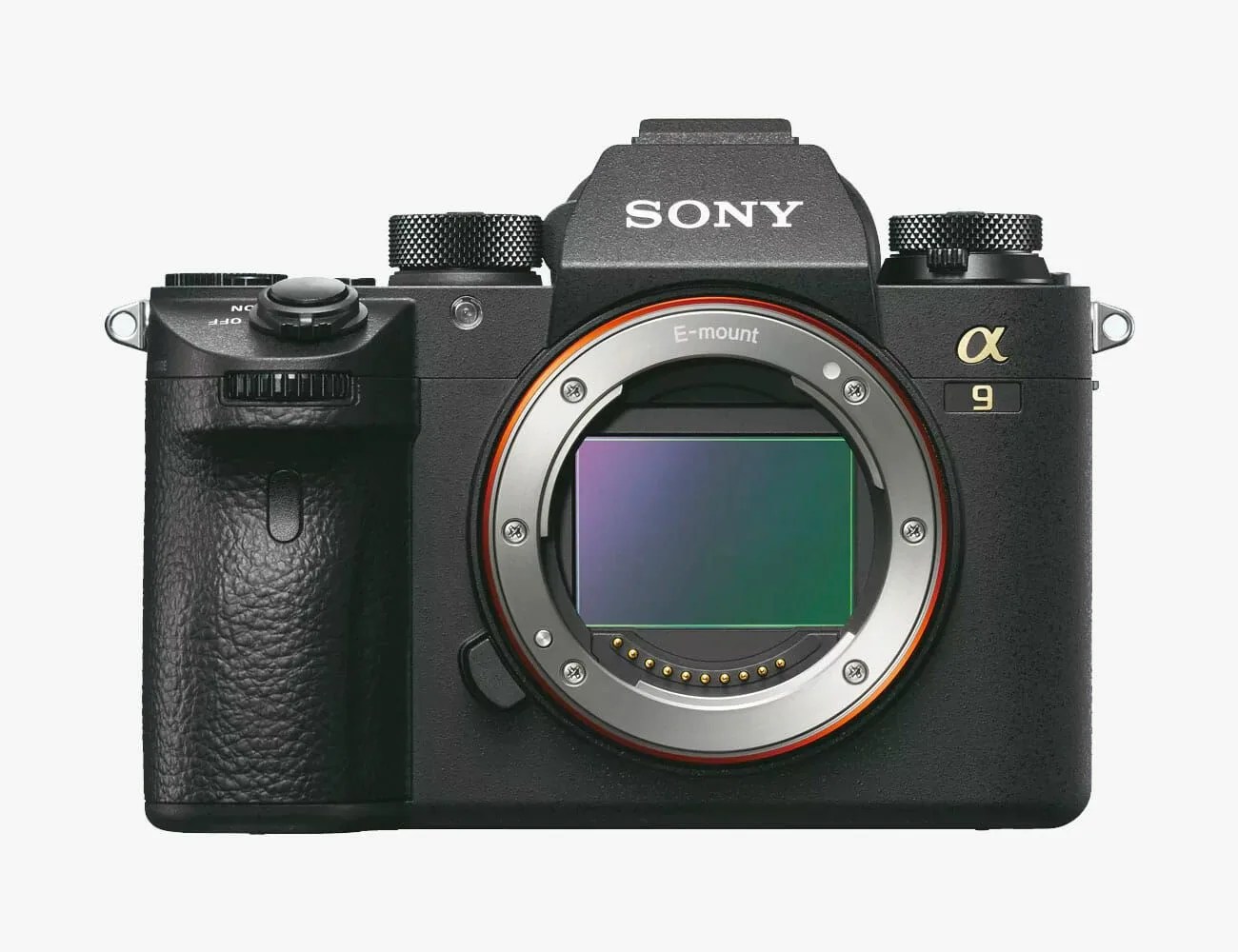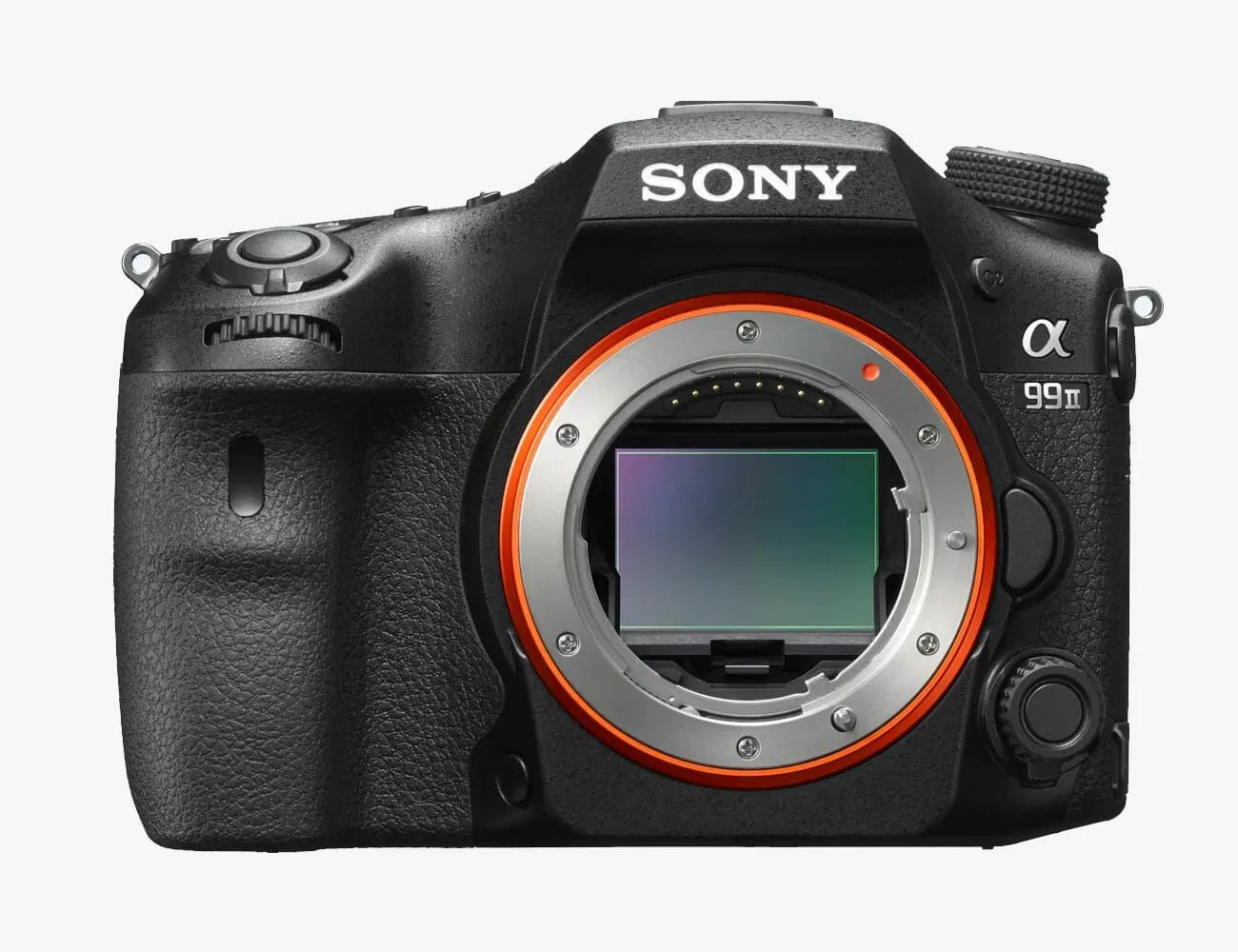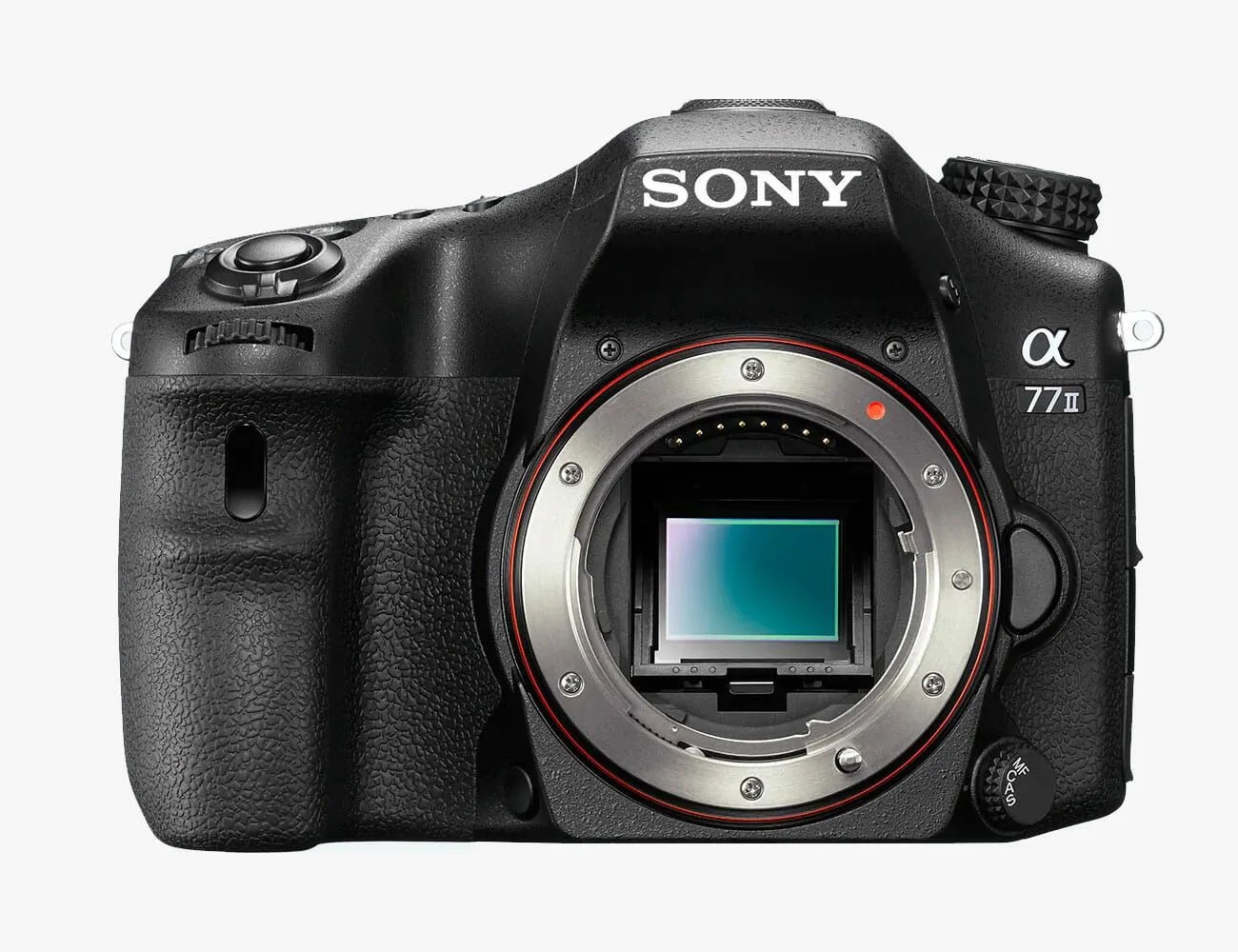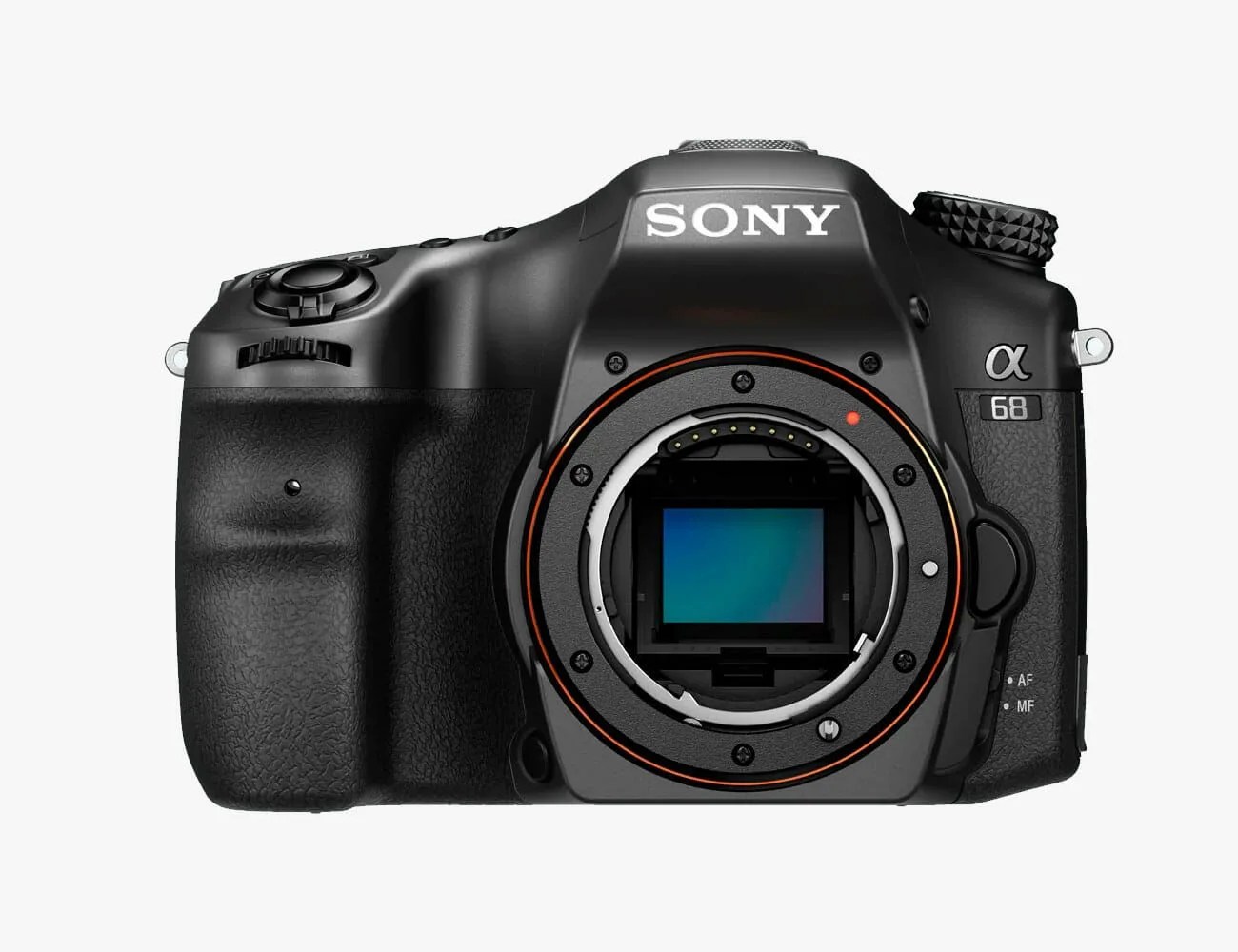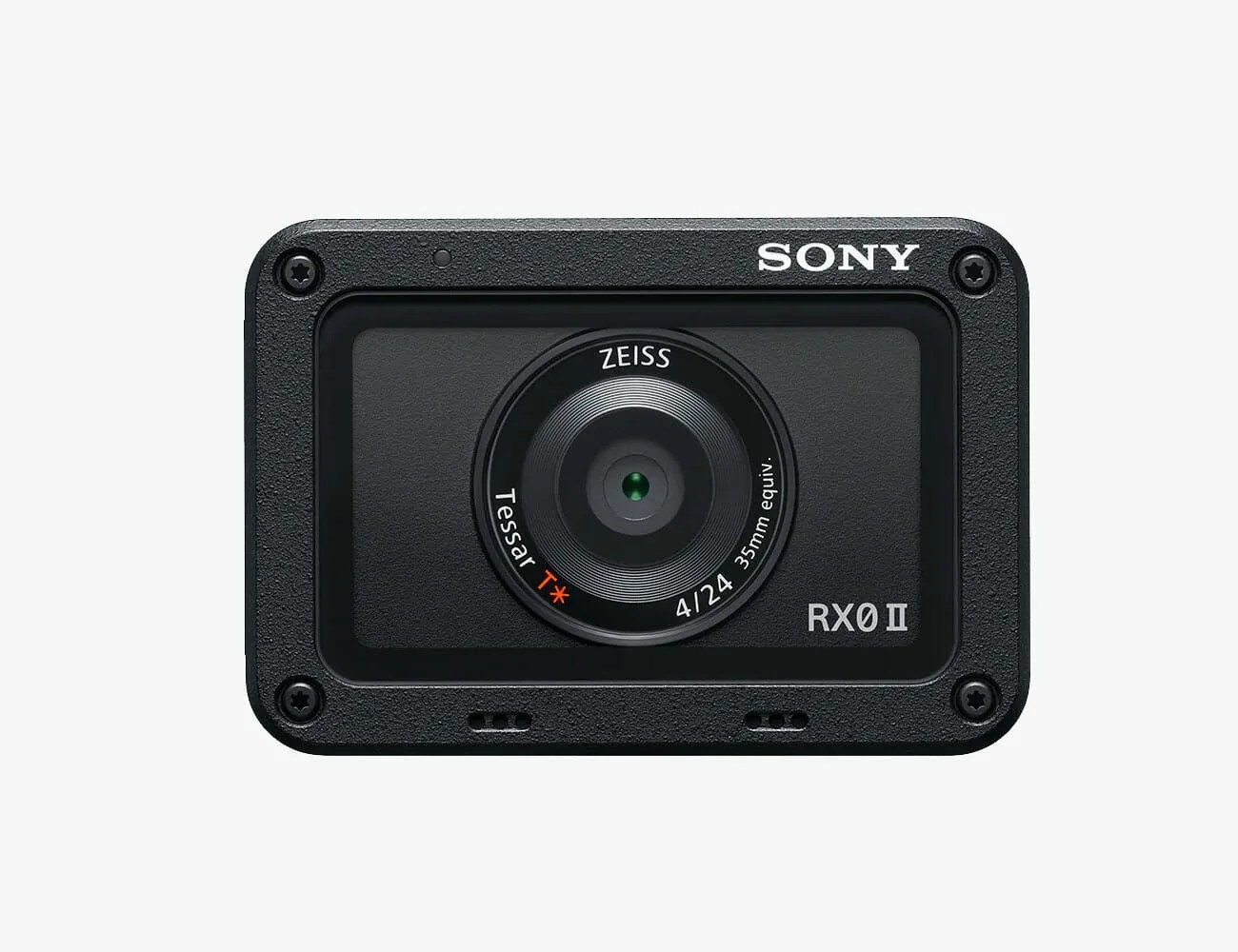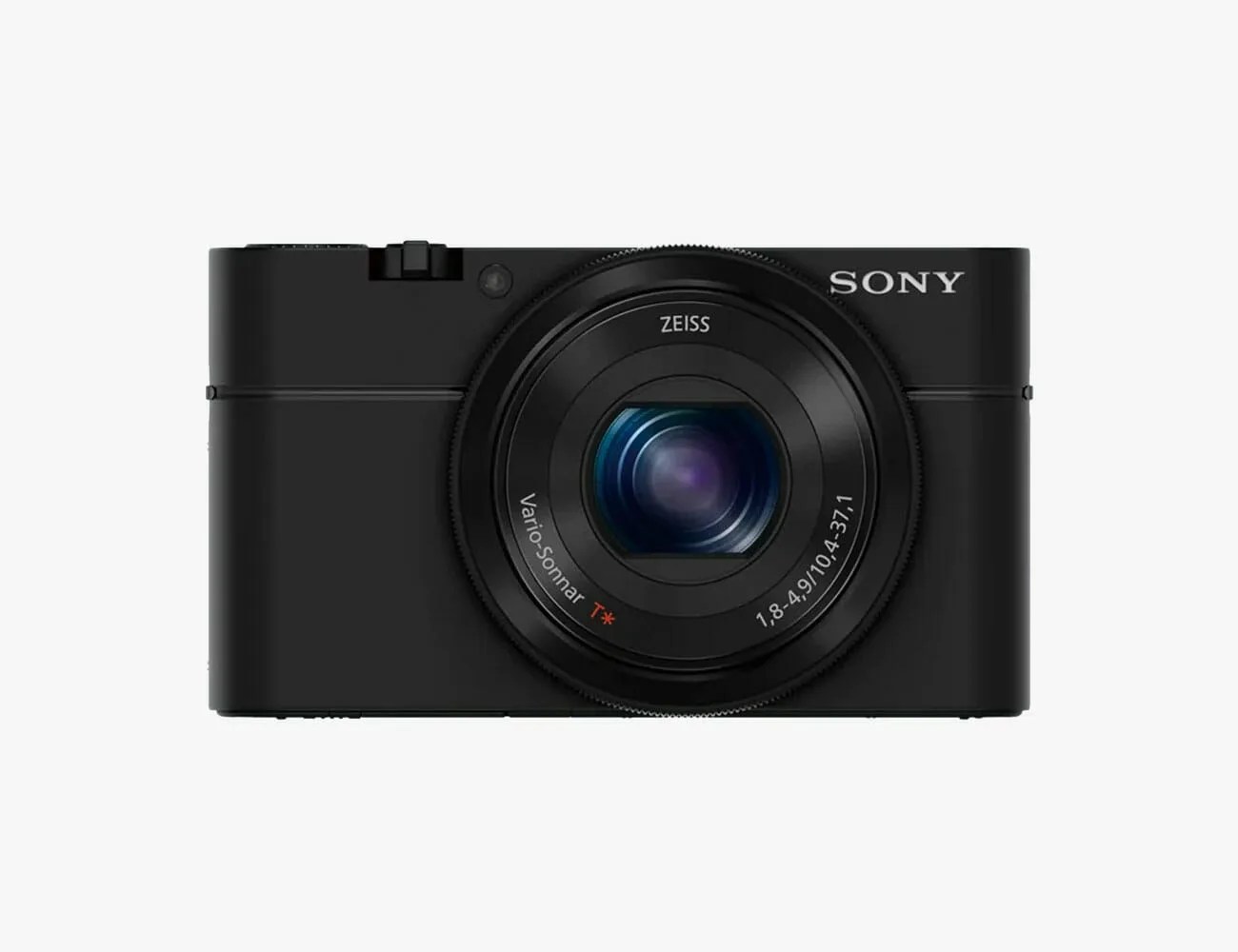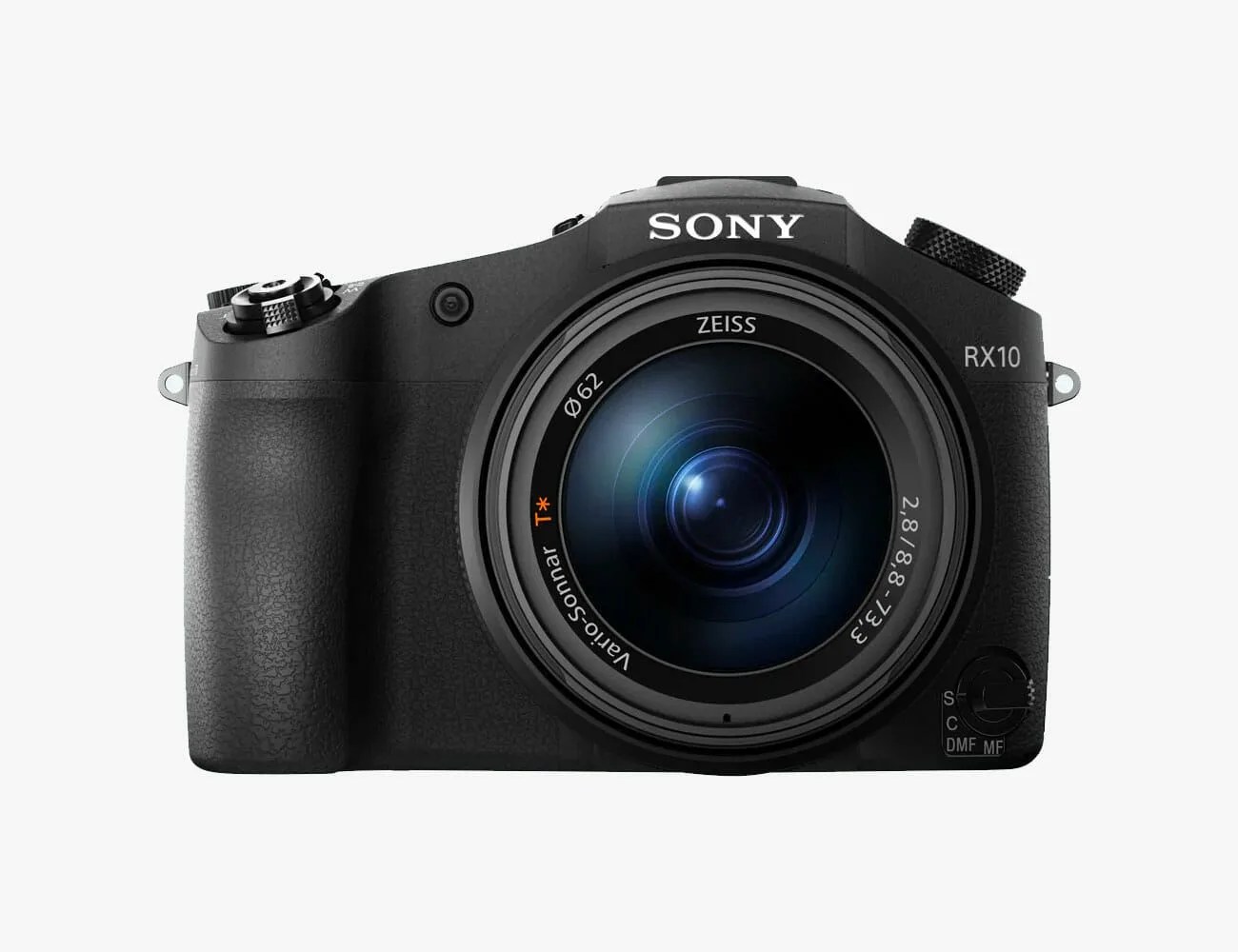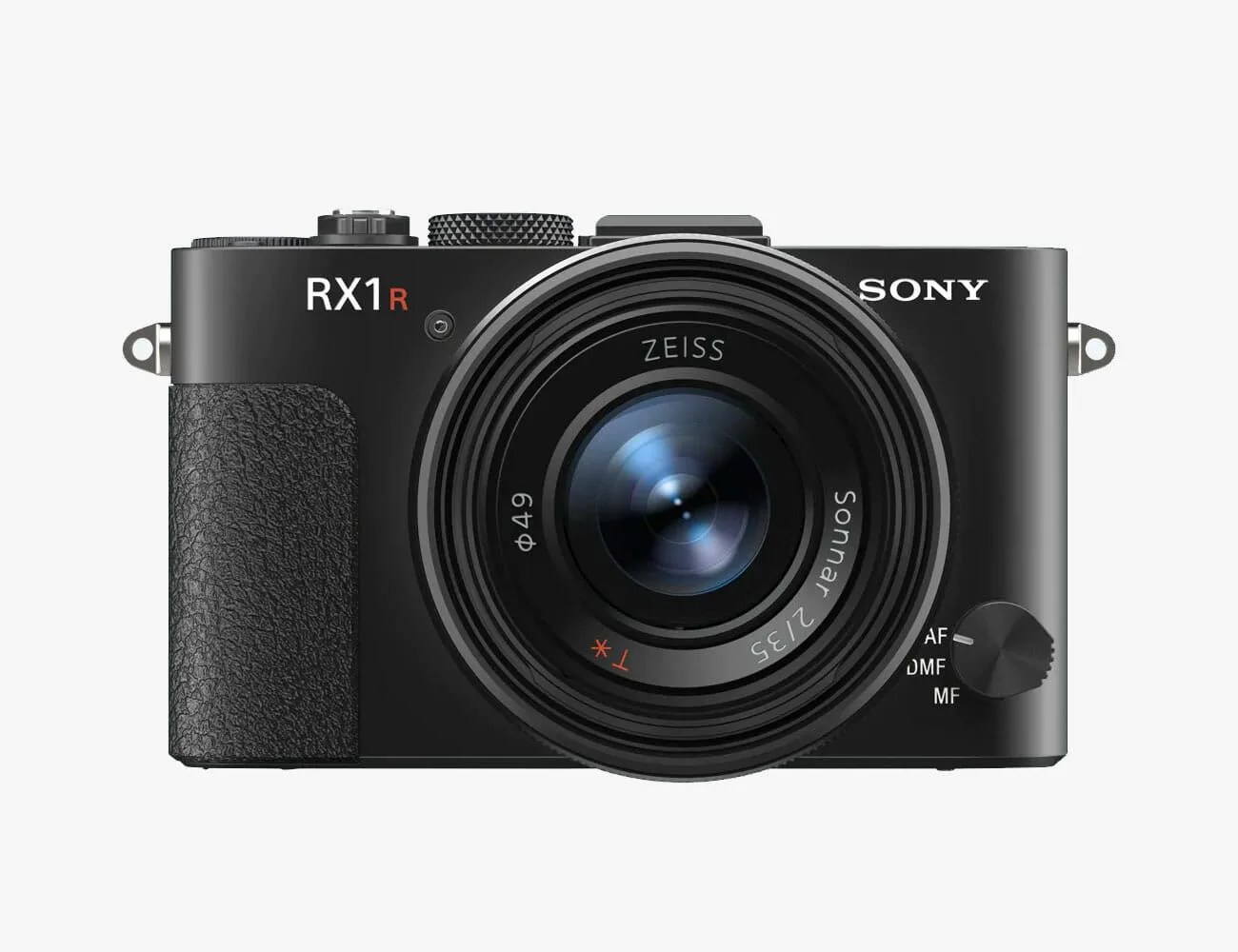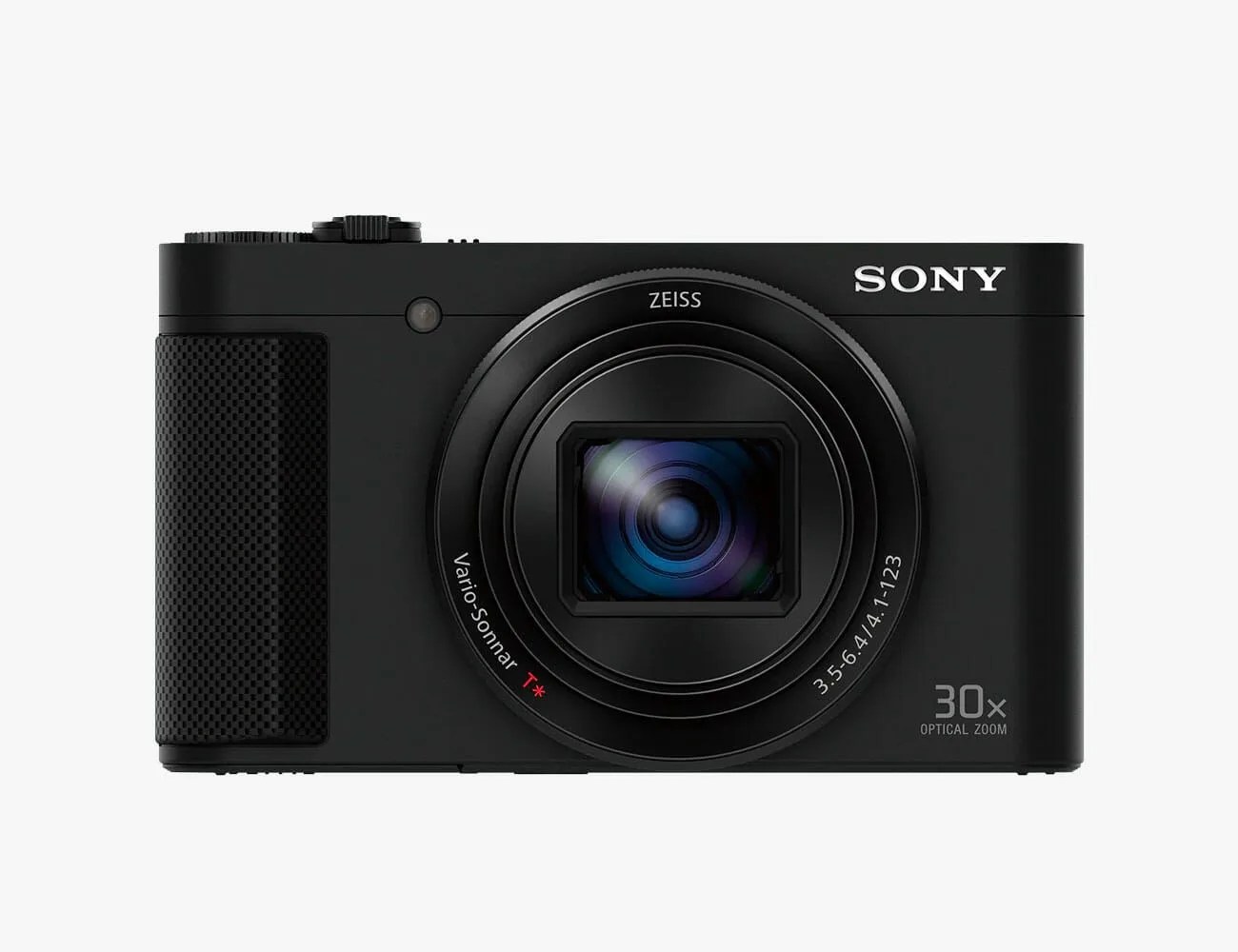Sony is seemingly on the fast-track to world camera domination. In fact, the company made news last August when its key mirrorless lineup models become the top-selling full-frame cameras in the United States. The company still trails Canon and Nikon in outright camera sales worldwide — and by a significant margin, with Sony occupying just 13-percent of sales against Nikon’s 25-percent and Canon’s 49-percent — but the writing is on the wall. Mirrorless is the future, and Sony has a significant jump on that technology.
But what’s all that stuff even mean? Mirrorless? Full-frame? Briefly: Consumer and professional cameras are broadly lumped into two categories: full-frame and crop-framed, which refers to the size and quality of their sensors. Pros tend to go big, while consumers are usually happy with the smaller (and thus more affordable) sensors in their cameras.
Mirrorless is a further distinction. These models dispense with the traditional optical viewfinder and mirror — which blocks the sensor until the shutter is pressed — in favor of an electronic viewfinder that reads data directly from the sensor. It generates an image for the user in both a small digital viewfinder and a larger screen on the back of the camera, and it allows for real-time exposure previews, fine-tuning of camera focus and precise depth-of-field adjustment.
That’s a critical distinction, because the new system shifts the expertise advantage from mechanical engineering — i.e., making shutters that can flip up and down quickly and reliably for years — to electronics and computerization, which Sony excels at. As a result, Nikon and Canon have been playing catch-up for several years with regard to mirrorless cameras, only releasing their own full-frame versions (the Nikon Z7/Z6 and the Canon EOS R) late last year. Throw in the fact that Sony makes what are generally considered the highest quality camera sensors in the world, being used in most smartphones, countless industrial applications, and even in many competitor cameras, and it’s clear that Sony is here to stay.
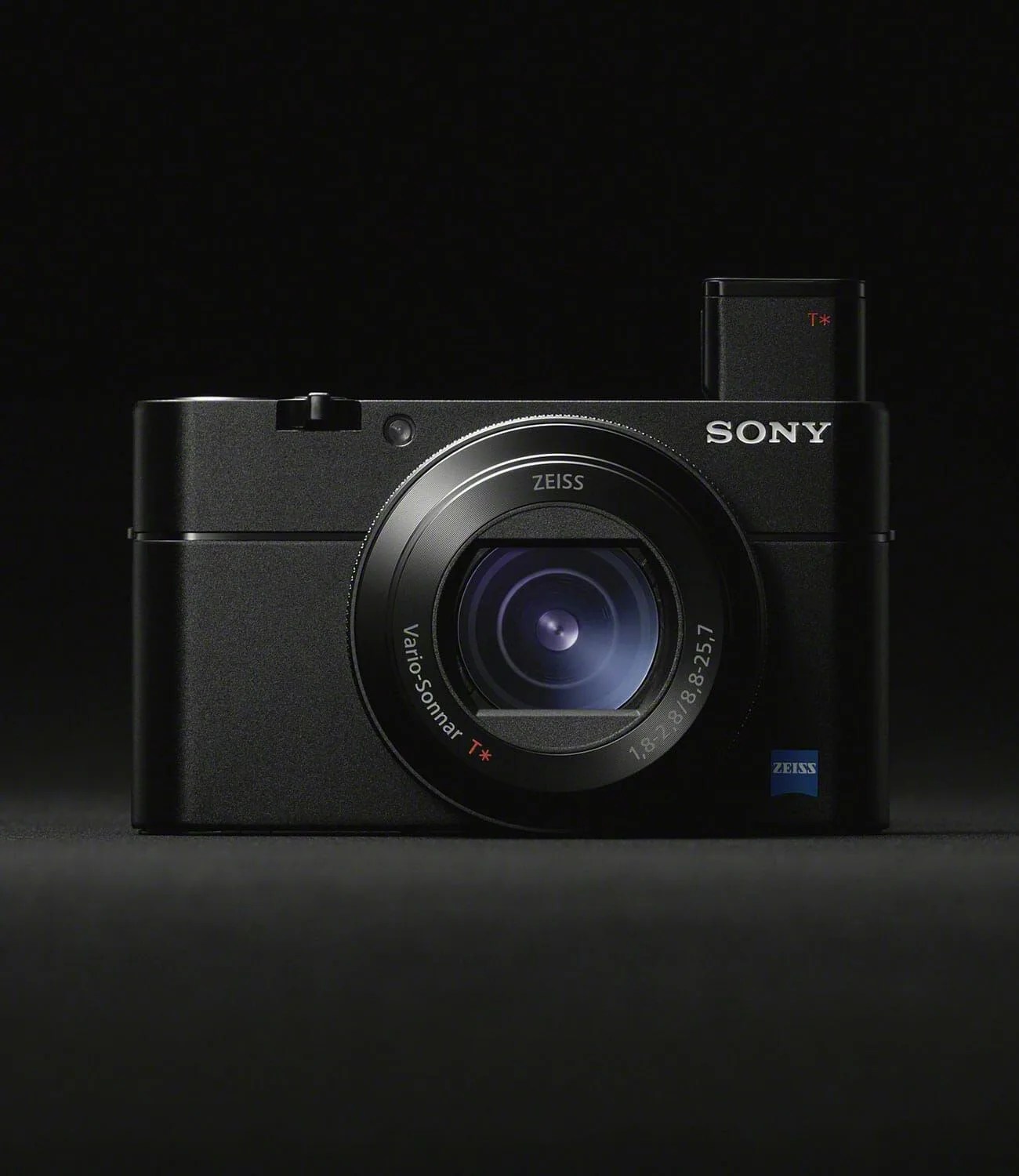
But Sony makes all types of cameras, as do the other manufacturers. (Nikon and Canon are certainly no slouch, and their DSLRs still maintain an edge in terms of durability, weatherproofing and frame rate) But if you’ve decided to dig in with Sony camera gear, whether a point-and-shoot model or a more advanced interchangeable-lens camera, there are still many factors to weigh. Let’s parse out your options.

